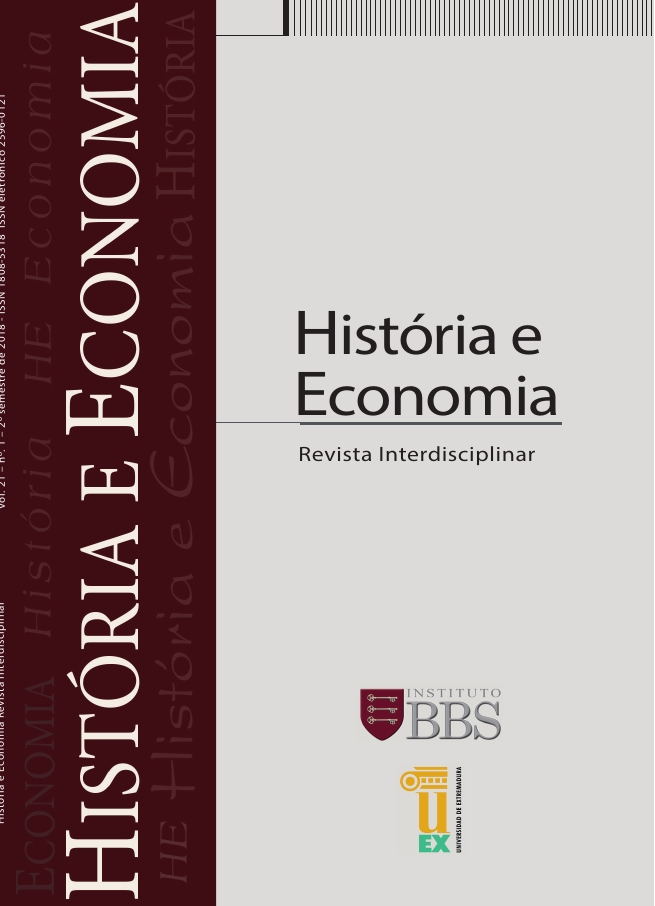Abstract
This paper presents the first results of an ongoing research that has as its central theme the municipal public finances in the Province of São Paulo during 1834-1850. The province of São Paulo, in the first half of the nineteenth century, was a true mosaic of economic activities and social contexts. In some regions, coffee cultivation was a promise of economic development while, in others, sugarcane and sugar production absorbed most of the resources; livestock were also present in various parts of the province, and finally, there were areas where subsistence agriculture was predominant. The tax issue, secondary to the political problems, of this period, ended up defined by the budgetary laws. However, despite the urgent need to organize the financial situation the newly formed Empire would have its first budget law only in 1830. If there were gaps in existing legislation, it certainly did not constitute an impediment to taxation, mainly because the needs of both - municipalities and province – did not cease. So, how did cities and towns structure their tax collection and their expenses? In order to clarify questions not yet considered by the historiography, this study proposes to analyze a set of municipalities in the Province of São Paulo in order to identify their financial structure, the main sources of income, how the resources were spent and if different economic enviroments were reflected in municipal finances. Furthermore we shall
compare the tax structure shown in the budget laws with that evidenced in the handwritten balance sheets in order to verify if the resources of the municipalities were sufficient to cover their expenses.
